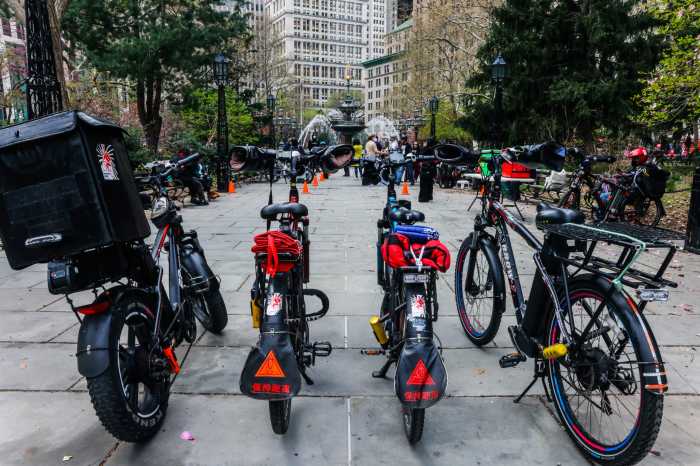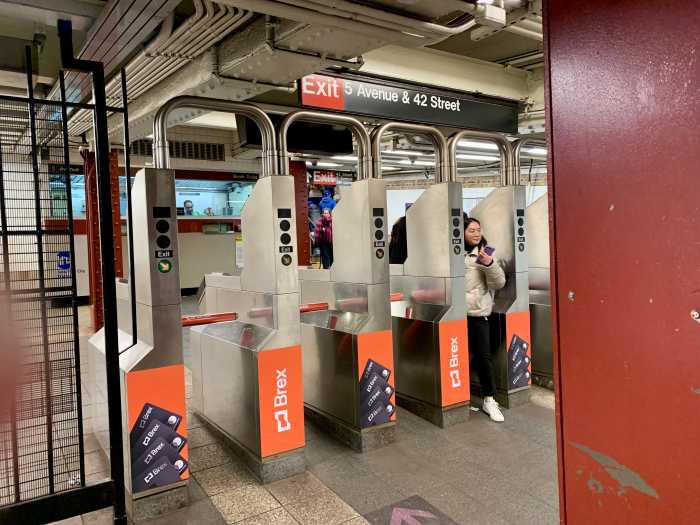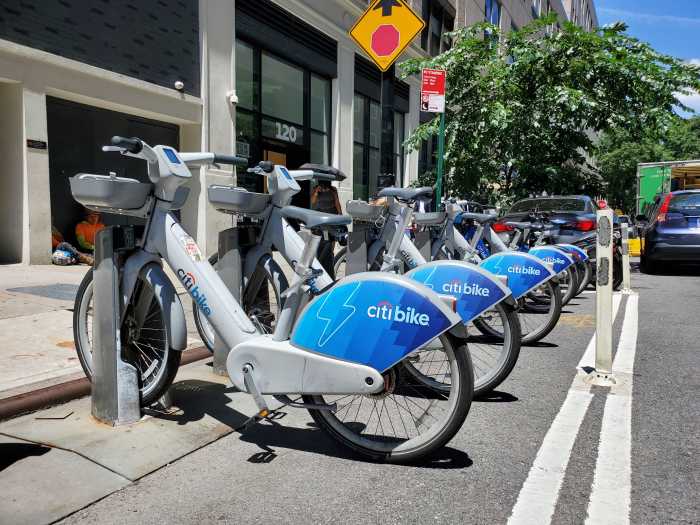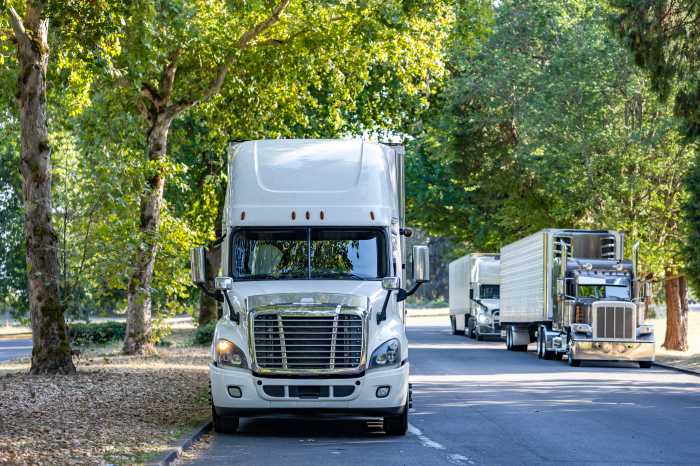When drivers for Uber need to use the bathroom at John F. Kennedy Airport, they reverse-park their car in the Cell Phone Lot, pop the trunk and turn to the lot’s chain link fence.
It’s the most discreet way for a male driver to relieve himself without leaving the airport entirely and sacrificing his spot on the lengthy, Uber pick-up queue. And if you’re a woman, forget it.
“It’s barbaric,” said Valerie Brathwaite, a Jamaica, Queens, resident who has driven for Uber for two years, during a recent trip to the lot. “Obviously, there is no place for a woman to relieve herself when she’s waiting for a ride. If you leave, then you lose your place.”
Accessing a restroom has always been challenging for cabbies and black car drivers in New York City. They often have to weigh missing out on fares, or possibly collecting a hefty parking ticket to find a restroom.
Recently, the surge of drivers for Uber and Lyft has presented new problems on this front—particularly at regional airports, like John F. Kennedy and Newark, where there are facilities for taxi drivers, but no options for the growing number of black car drivers.
“Uber drivers are so new that the infrastructure hasn’t caught up,” said Ryan Price, executive director of the Independent Drivers Guild, a Machinists Union affiliate that represents the company’s drivers in New York City.
The guild launched a petition Thursday to rally for bathroom access at JFK. Price said the guild has requested the Port Authority to install and maintain some form of portable restroom in the Cell Phone Lot.
The parking space is the designated area for Uber drivers to jump on the queue list within the company’s app. The line could stretch hundreds of cars long, which, depending on the time of day, could mean hours of held bladders. Leaving the queue means hours of more waiting and maybe about $70 to $80 in lost fares, drivers estimate.
“If there were bathrooms here you can stay logged in and use the facilities and not lose your place,” Brathwaite said.
Dr. Alon Mass, a chief resident at the NYU Medical Center, said the long-standing access issue has caused long-term issues among drivers’ urinary tracts, bladders and reproductive health—all impacted under what’s known as “taxi cab syndrome.”
“Essentially, the problem arises because drivers do not have the time or the availability to stop their car to urinate,” Mass said. “Those factors are related to financial, but also related to the fact that there are not that many areas in the city dedicated to bathrooms for drivers.”
The Port Authority said it is amenable to the guild’s request and will be working with it on finding a location for bathroom at JFK.
Around the city, there are 69 taxi relief stands, where drivers licensed by the Taxi and Limousine Commission can park for up to an hour. There are more than 38,000 active yellow cab drivers and more than 38,000 licensed black cars.
“We’re aware of IDG’s concerns regarding bathroom access and the availability of relief stands, and are actively discussing this with both the Port Authority and Department of Transportation,” said TLC Spokesman Allan Fromberg in a statement. “We understand, as do our sister agency colleagues, that this is an important health issue for drivers, and we take it very seriously.”
Correction: An earlier version of this article incorrectly spelled Alon Mass as Alon Moss.


































